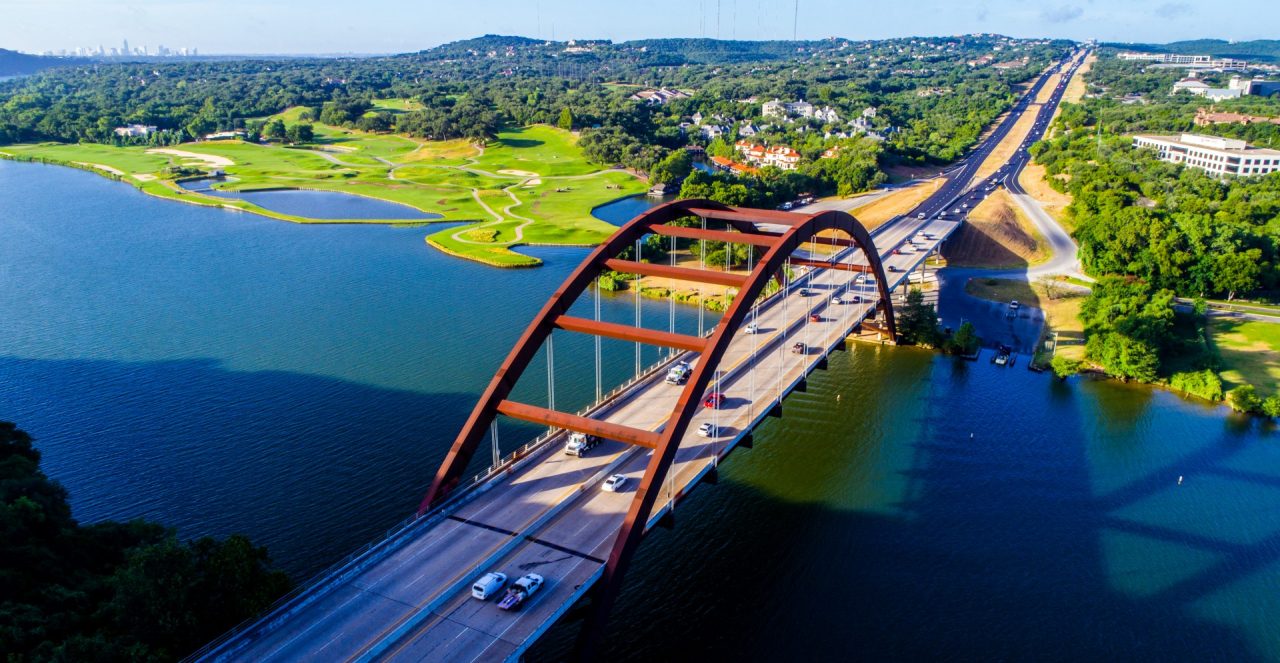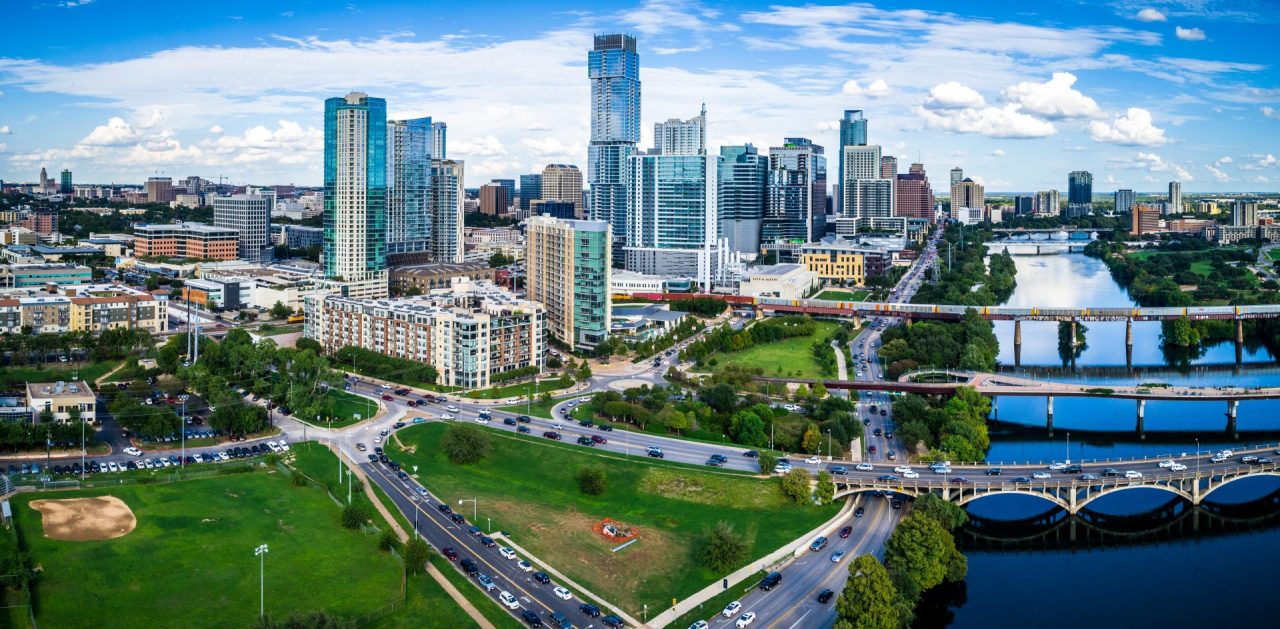Austin is growing fast. Its population of 1 million inhabitants is expected to double in the next 20 years, an inevitable process accelerated by the economic growth that has propelled the Texas capital into the ranks of the most dynamic places in the U.S. even despite the Covid-19 pandemic.
Austin is not ready to cope with this explosive growth from a transport point of view, according to city authorities. That’s why the city plans to launch one of the most ambitious sustainable urban mobility projects in America – the construction of a new metropolitan railway network capable of reducing pollution, traffic congestion, and promoting ease of movement called Project Connect. This is the future of Austin, but it is also the promise of Texas, which is one of the states that has placed the greatest priority on innovation and development.
Project Connect: residents give the green light
Austin’s residents on November 3 approved Project Connect, and now this ambitious mobility plans can start to get up and running.
Voter approval was needed to increase property taxes in order to raise some of the funds needed to finance the project. The majority of voters (58%) said they were in favor of the project, and gave a green light to Capital Metro (the city authority responsible for managing the implementation of the project) to move on to the next planning phase.
Higher property taxes will make it possible to cover 20% of the $7.1 billion needed to complete the project.
The next step now will be to appoint the five members of the Austin Transit Partnership who will be responsible for managing the entire phase of the contracts and investment of the funds.
The largest part of funding, 45% of the total, will come from the Federal Transit Authority (FTA) Capital Investment Grants program.

The massive project that will re-design surface transport in Austin
A new network of light rail metro lines, an underground tunnel to avoid congestion of surface transport, new stations, all-electric bus lines, parking lots and fleets of electric bikes. All this and much more is included in the Project Connect plan, which aims to re-design Austin’s mobility in a sustainable way.
The bulk of the spending, or $5.8 billion, will go for the city’s first mass transport system and the tunnel, a 27-mile long rail link system with 31 new stations and dozens of trains that will use the new tunnel to cross the most congested areas of the city. The Orange and Blue line light rail lines, the centrepiece of Project Connect, are slated to start service sometime around 2030.
A sustainable project for the city
The development of Project Connect has been the subject of a long debate in Austin. The tax increase is a central issue for many. Mayor Steve Adler has spoken several times about higher taxes, stressing the importance of a project that will solve the city’s traffic problems, reduce emissions of harmful gases into the atmosphere and improve people’s quality of life.
Interviewed by Smart Cities Dive magazine, the Mayor explained: “We have a growing city with insufficient mobility options. As we are forced to see by this pandemic, we have considerable lack of equity in mobility choices for essential workers. There are large parts of our city that have historically been underfunded.”
The COVID-19 pandemic did cause some of the ballot initiative’s supporters to question whether now is the best time for a tax increase, but, said Adler, “if we want to come out of the pandemic, this is the most equitable thing we can do.”

The high-speed train, champion of sustainable mobility
Austin’s race toward sustainable mobility is part of a Texas-wide contest. Like Austin, Dallas and Houston — the two largest cities in the state – are blazing a path forward with major sustainable mobility project: the construction of the first high-speed rail line in the United States of America.
The high-speed train should cover the 380-kilometer (235-mile) distance that divides Houston from Dallas in less than 90 minutes, having a potential 13 million riders by 2050 who live near the rail line, which will have an intermediate stop in Brazos Valley. The Webuild Group and its U.S. subsidiary Lane Construction will contribute to the realisation of the project, managed by Texas Central. The infrastructure project will have a very low environmental impact, and strong economic benefits. In the first 25 years of activity, the train will have an estimated impact on the Texas economy of $36 billion, while in the six years of work planned for the construction 17,000 direct jobs will be created, plus 20,000 more in the related industries.
This pioneering infrastructure — together with the Austin project — puts Texas on the sustainable mobility track.

